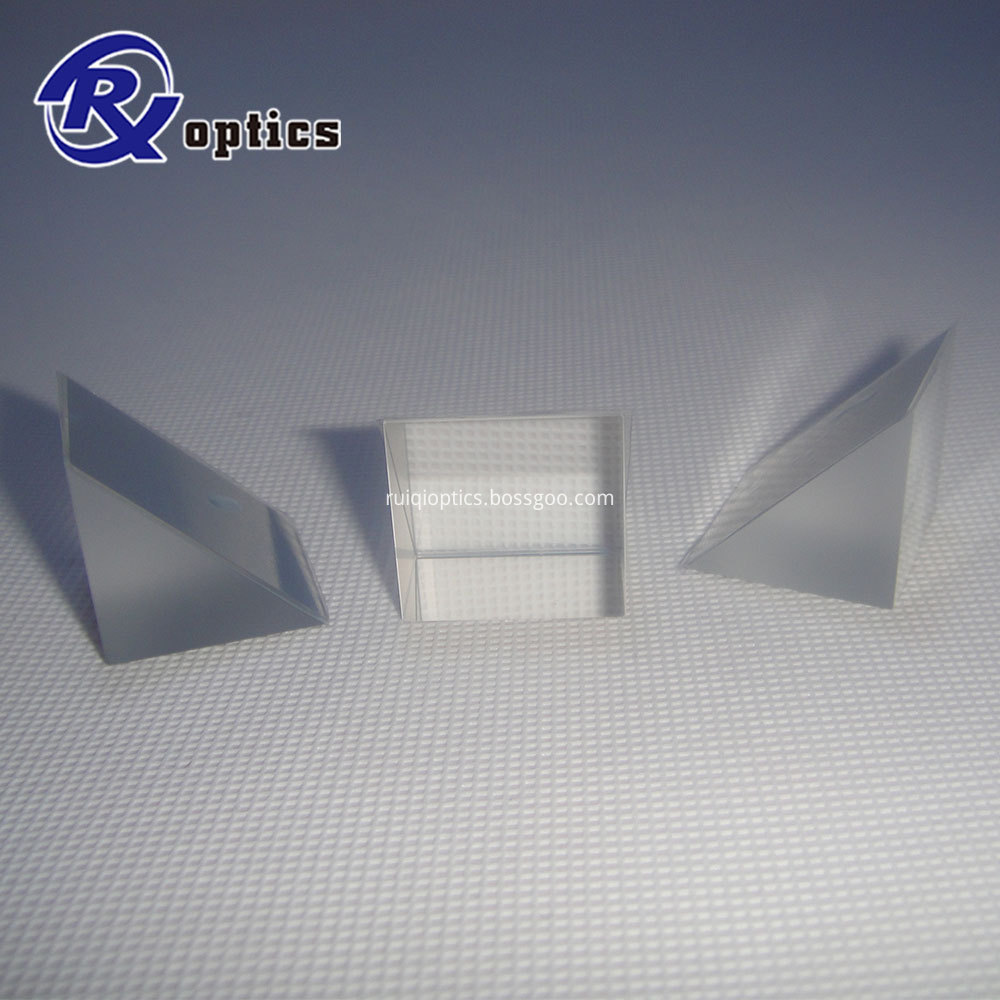A recent report from the US Science and Technology Blog website shows that researchers from the Georgia Institute of Technology, Stanford University, and the University of Peru have invented a new type of hydraulic pump that uses new technology that allows the hydraulic pump to operate at a temperature of 1673 Kelvin (about Work in an environment of 1400°C).
The new hydraulic pump is made of ceramic, graphite, metallic tungsten, and a material called aluminum nitride ceramic, which is a "processable aluminum nitride compound." This new type of hydraulic pump is designed to solve the problem of material expansion in high temperature environments. According to reports, in the test, the new hydraulic pump only vertically expanded by 1mm. The researchers said that the new hydraulic pump can work continuously for 72 hours, and its extreme working temperature is not 1400 °C, because their heater can not provide a higher temperature, so the true limit temperature can not be determined.
Researchers have expanded the application of hydraulic pumps from the metallurgical industry to solar power generation. The 110 MW crescent-shaped dune solar thermal power tower located near Tonopah, Nevada, contains a molten salt storage tank that reflects sunlight to ultra-high-temperature minerals through a large mirror called a heliostat. The surface is heated to drive the steam turbine to generate electricity.
Why use molten salt? Because molten salt is a good heat conductor. The hydraulic pump extracts the heated liquid salt storage tank into the heat exchanger where the liquid water turns into water vapor to drive the steam turbine to produce electricity. One problem faced by researchers is that liquid salts can only be obtained at a temperature of 566°C, but recent studies have found that liquid tin can replace molten salts. Liquid tin has a higher thermal conductivity and can be used at a temperature of 1400°C, instantaneously increasing the heat transfer coefficient by 2 to 3 orders of magnitude. This is where new hydraulic pumps come in handy. Hydraulic pump makers estimate that the new hydraulic pumps will enable solar power plants to "relatively increase efficiency by about 50%" and "reduce costs by about 20% to 30%."
However, the report said that there is still more work to be done. Because after 72 hours of testing, the hydraulic pump's transmission "is subject to significant wear and tear," so researchers need to improve the design so that the hydraulic pump can work long hours.
Right Angle Prisms are used to direct beams at 90 degrees by using hypotenuse face in total internal reflection (TIR). The right angle prisms are often preferable to an inclined mirror in applications involving severe acoustic or inertial loads, because they are easier to mount, and deform much less than mirror in response to external mechanical stress. As long as acceptance angle limitations for TIR from the roof faces are not exceeded, the right angle prisms can serve as a retro reflector, turning beams back to the original direction.
Available in sizes ranging from 3 mm to 60 mm, Right-Angle Prisms can be used to deviate a light path by 90° or 180°, depending on which surface is used as the input for the light source.
Right angle prisms are used to redirect light beams at 90 degrees. Right angle prisms are made of BK7, UVFS optical materials.
- 45-45-90 degree prisms
- Can be used as internal or external reflectors or as retro - reflector


Right Angle Mirror,Glass Right Angle prism,UV fused silica Right Angle Prism
Changchun Ruiqi Optoelectronics Co.,Ltd , https://www.ruiqi-optics.com
![<?echo $_SERVER['SERVER_NAME'];?>](/template/twentyseventeen/skin/images/header.jpg)